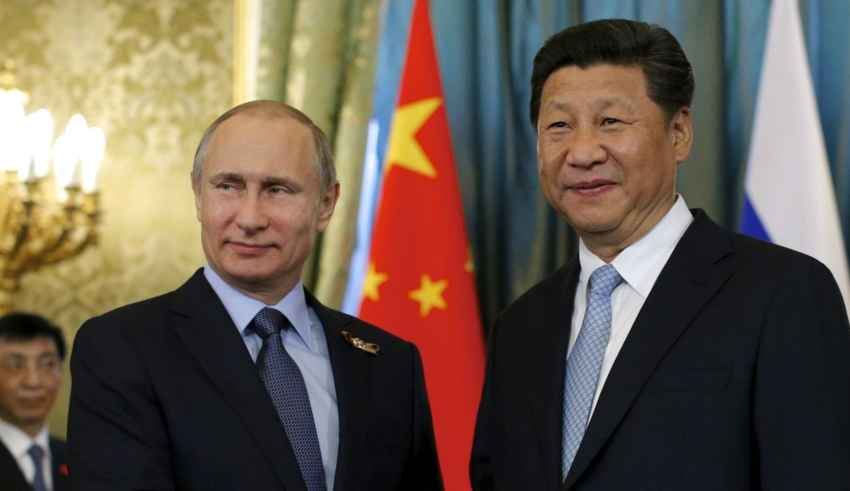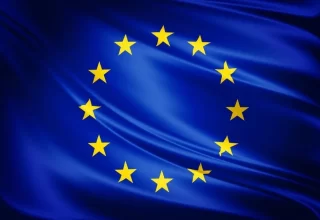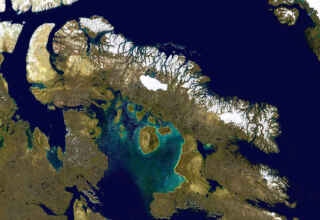
On June 30, an intense diplomatic sequence ended, with an European Council meeting, a G7 summit and then a NATO summit. These events were an opportunity to reaffirm the unity of the Western side, despite existing differences.
In the short term, these three summits have reaffirmed the great overall cohesion that has existed since the beginning of the war in Ukraine, both within the European Union and more generally within the Western party. We have seen this with the coordination on the issue of sanctions since February, a position that was reaffirmed at the last European Council, but also the consensus on the issues of EU and NATO enlargement. Finally, the strong cohesion between the United States and the European Union is reflected in shared strategic objectives on the war in Ukraine, a common narrative and a form of coherence with regard to the Chinese question.
It must also be emphasized that the Americans are playing their role to the fullest. Since the beginning of the conflict, it is the Americans who, in a bipartisan consensus that has become rare in this country, have provided by far the most military, humanitarian, financial and economic aid to Ukraine. As early as March 8, Congress released $14 billion for Ukraine; on May 8, it voted overwhelmingly in favor of an additional $40 billion, and Joe Biden announced at the NATO summit more than $800 million in additional aid as well as a strengthening of the American military presence in Europe.
The Western consensus is not a global cohesion. At the G7, the West wanted to invite Asian countries (India and Indonesia, which holds the presidency of the G20), African countries (Senegal and South Africa) and Latin American countries (Argentina), because they realize that the cohesion that has been observed among them since the beginning of the war is not shared by a certain number of other powers. Whether it is during the UN votes to condemn Moscow, on the issue of the food crisis or when it comes to asking certain oil producers to make an additional effort, it appears that many countries are more than receptive to the Russian narrative. One of the key objectives of the West must now be to try to broaden what is for the moment only a Western consensus.
As we speak, Ukraine is no longer front-page news in the United States. A big part of public opinion will slowly get bored of the Ukrainian problem considering all the domestic and economic factors envolved, coupled with the fact that the conflict in Ukraine will last. This will soon be felt at the level of political leaders. Until now, there has been a very strong bipartisan consensus in the United States, but this consensus is likely to gradually fade. Europe must therefore prepare to play an even more autonomous role on Ukraine. This is absolutely essential. It is crucial that European leaders don’t forget that in 2024 it is very much possible that an American president who will take a more isolationist approach will be elected, and Europeans must anticipate this now. Especially bearing in mind, Americans consider that, as serious as the situation in Ukraine is, they have another major strategic challenge : China.
European defense to strengthen its autonomy
On the question of European strategic autonomy – which goes far beyond the question of defense – it is imperative that Europeans think in the long term about the European security architecture/ It became necessary to educate people about this idea, particularly in Eastern Europe, where many countries find the idea interesting but have, until now, had the feeling that it was being used for other purposes.
On the other hand, when the debate turns around European autonomy, opposing NATO and European defence is counter productive; they can – and should – be two complementary aspects. Nato is a pillar of the European security architecture, but this should not prevent EU from considerably strengthening its defence effort. On this subject, Brussels and Washington must put an end to a double hypocrisy. The European hypocrisy consists in saying that we are tired of the Americans coming on our turf while not making the necessary investment efforts in defense. In 2020, the countries of the European Union spent a combined total of 198 billion euros on defense. Whereas the United States spent 675 billion euros. So at a time where threats are becoming ever greater, Europeans must increase their defense spending very substantially. There is also an American hypocrisy when the United States demands that Europeans invest more in defense – and rightly so – but asks them to continue buying American. Washington will have to accept that if Europeans significantly increase their defense spending, it will be to buy European first; this also implies that EU makes the necessary efforts to consolidate the European defense industry.
At the G7 and NATO summits, China was the subject of great attention: denunciation of trade practices at the G7, mention of a challenge to security at the NATO summit. Are we witnessing the emergence of a new geopolitical polarization between the West and China?
In the United States, China is probably one of the only issues where there is a bipartisan consensus; for Republicans and Democrats, what is happening in Ukraine is terrible, but the real challenge is China. China is seen as the only power that is capable of challenging the international order as Washington has built it for over 75 years. What we have seen since the beginning of the Biden administration is an attempt to articulate a China policy in a much less erratic way than under Trump.
In this regard, President Biden went on a long diplomatic crusade. In May, he hosted a U.S.-ASEAN summit, then continued his Asian offensive with a trip to Japan and South Korea, including a summit of the Quad – a cooperation format bringing together the United States, Australia, Japan and India. This was one of the three pillars of his strategy towards China: if the United States wants to contain China, it must rely on what is one of the historical foundations of American power in the region : its unique network of alliances. The second axis of U.S. China policy is based on the idea that one must be stronger at home to be stronger abroad. The Americans have therefore chosen to invest massively within their own borders, particularly in infrastructure, but also in research and development in order to maintain their leadership in the field of innovation. Thirdly, the Americans have adopted a more ideological approach to China, defining the struggle against the Middle Kingdom as a struggle between democracy and authoritarian rule.
The European Union has also evolved a lot on the China issue in the last 18 months. In trade policy the European Union has developed a whole series of trade defense instruments, all of which aim to contain China and prevent it from interfering illegitimately in European economy. Europeans are also learning to better protect their strategic assets and, on the issue of cyber security, to better protect themselves from interference.
But between Washington and European capitals is a dividing line. Europe remain keen to maintain a certain independence on this issue. It shares some of the American concerns but doesn’t want to enter into a new form of cold war with Beijing. Brussels believes that it must continue to consider China as a partner on major strategic issues, whether it be the fight against climate change, the implementation of certain international standards or the response to certain regional crises. Despite the current tensions with the Chinese government, it was chosen to maintain diplomatic and communication channels. This is the choice of pragmatism and the rejection of an ideological war against China. In this respect, the conclusions of the NATO summit are interesting, because China is not defined as a threat but as a challenge. In diplomacy, words count, and here it seems that Europe does not want to enter into a black and white logic with no way back towards Beijing.
Last week, Joe Biden announced a new partnership, the Indo-Pacific Economic Framework (IPEF). At the G7, the idea of a Global Partnership for Infrastructure was discussed to counter Chinese influence in Africa in particular. This is a reminder that in geopolitics, the trade issue is central. The Americans and Europeans have understood this. With the Indo-Pacific framework, Biden is trying to do a bit of what Obama did with the Trans-Pacific Agreement, meaning create an alliance with the other Asian countries to contain China. Nevertheless, these ambitions are facing serious difficulties. In fact, Americans are fighting with a form of handicap : free trade has become a politically toxic issue. Unlike the Trans-Pacific Agreement, the IPEF does not provide access to the U.S. market for these countries. Joe Biden could not have afforded this with the left wing of the Democratic Party neither with the Republican Party. It really weakens the agreement, because the other Asian countries realize that China, which is a trading partner that is largely as important, is providing access to its market.
This is all the more important as the Ukrainian crisis has also shown that the world is no longer Western-centric. For several decades now, other powers have been emerging, conducting a diplomacy of influence, and Europe’s paying the price today. In Africa, in Latin America, in Asia, a less Western and European-centric world is taking shape. In this context, if Europeans are very focused on the Ukrainian question, they must be very careful not to neglect certain international dynamics. Europeans must keep a global perspective if they want to become a more sovereign and strategically autonomous power.















